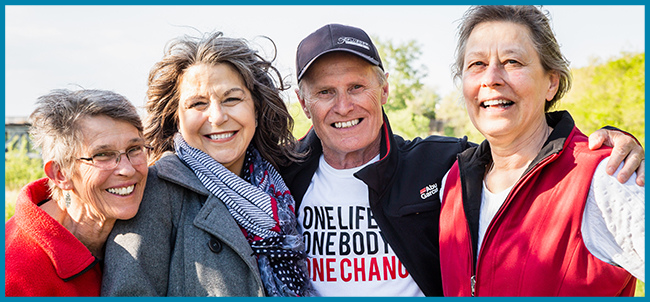COPD Flare-up
What is a COPD Flare-up?
A flare-up is the worsening of COPD symptoms. They are the main reason people with COPD go to the hospital. Flare-ups should be taken very seriously. They are usually caused by a trigger such as air pollution or allergens, or a chest infection from a virus (cold or flu) or bacteria. Do your best to prevent flare-ups and treat them quickly when they occur.
How to Avoid a COPD Flare-up
Steps to Stay Healthy to Avoid Flare-ups
- Take care of yourself to avoid cold, flu and other infectious diseases.
- Take all your medications as directed.
- Eat a healthy well-balanced diet.
- Get enough sleep.
- Exercise.
- Stay away from people who are sick. Explain to friends and family that colds and flus can cause a COPD flare-up for you. It is important they know to keep their distance when they are unwell.
- Get the flu shot each year and ask your health care provider if getting the pneumonia shots is right for you.
- Wash your hands properly and often.
- Follow your COPD Action Plan. To download a COPD Action Plan visit our Lung Health Resources.
Know the Early Warning Signs of a COPD Flare-up
Recognize the warning signs early! You can often tell when a COPD flare-up is about to begin. Pay attention. If you catch it in time, it can be easier to treat and you may not have to go to the hospital.
Watch for symptoms that last longer than 48 hours:
- more fatigue or shortness of breath than usual
- more coughing than usual
- a change in colour of your mucus – can be yellow, green, or brown mucus
- an increase in the amount, thickness or stickiness of the mucus
- a fever, sore throat or cold symptoms
- swollen ankles
- need to sleep sitting up instead of lying down
- feeling unusually sick or unwell
How to Treat a COPD Flare-up Early
To learn more about how to treat a COPD flare-up early visit Lung Health Resources to download and read Triggers and Flare-ups in the COPD Handbook.
Know when to Call 911 or go to the Emergency Department
More serious warning signs include chest pain, blue lips or fingers, and confusion. If you have these signs, call 911 immediately or ask someone to take you to the nearest emergency department. Do not drive yourself.





